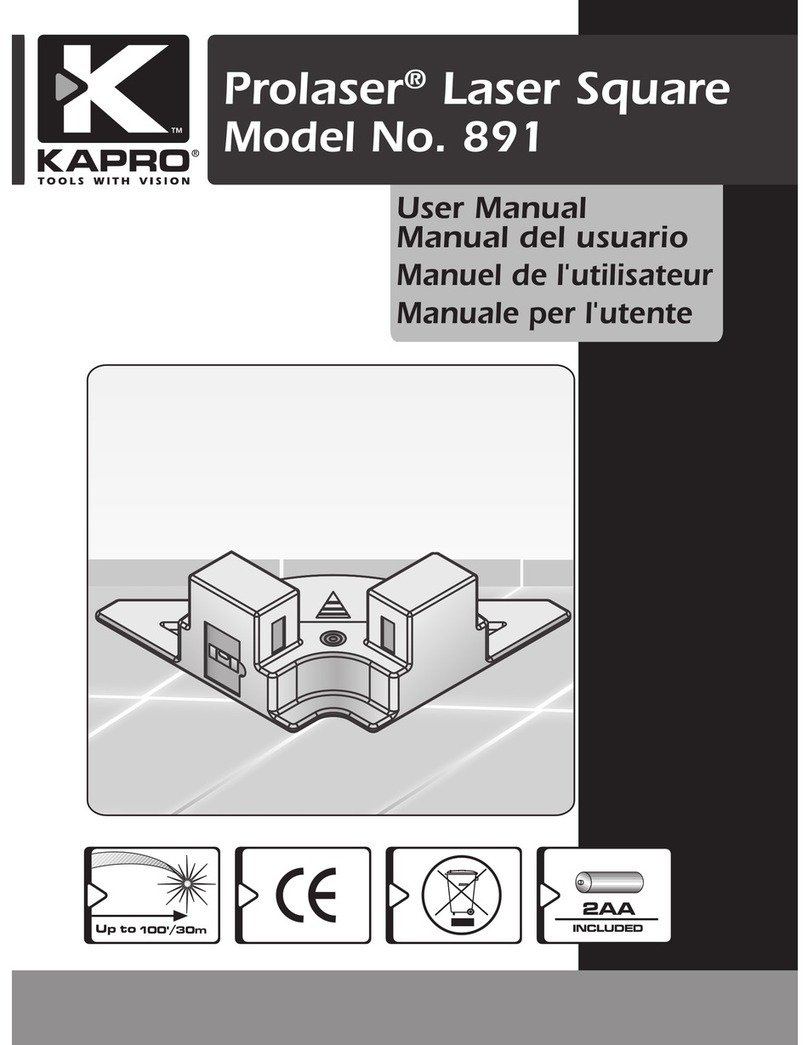Kapro Prolaser 862 User manual
Other Kapro Measuring Instrument manuals
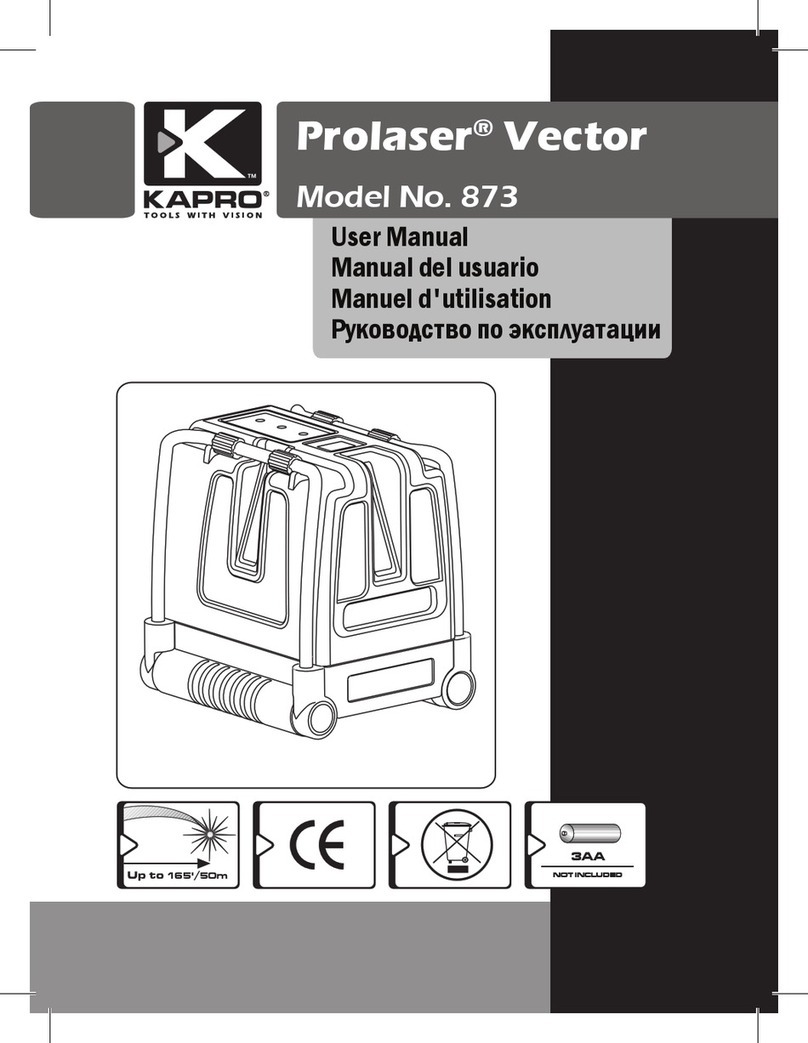
Kapro
Kapro Prolaser Vector 873 User manual
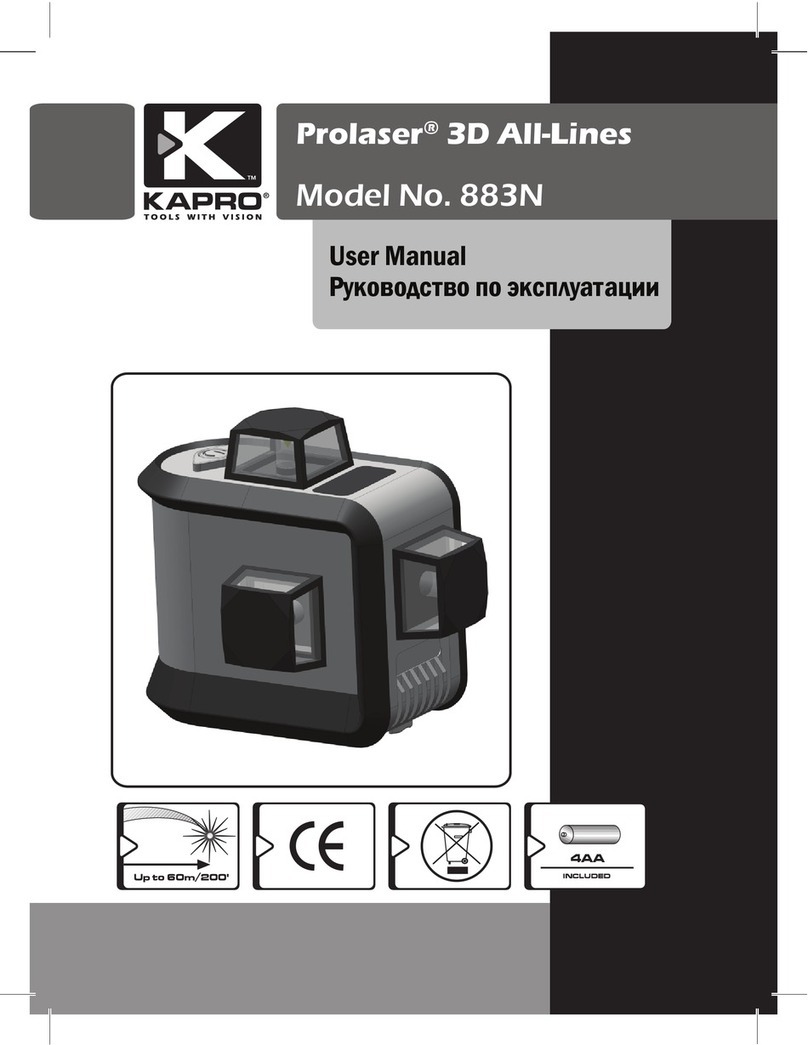
Kapro
Kapro 883N User manual

Kapro
Kapro Prolaser Plus User manual
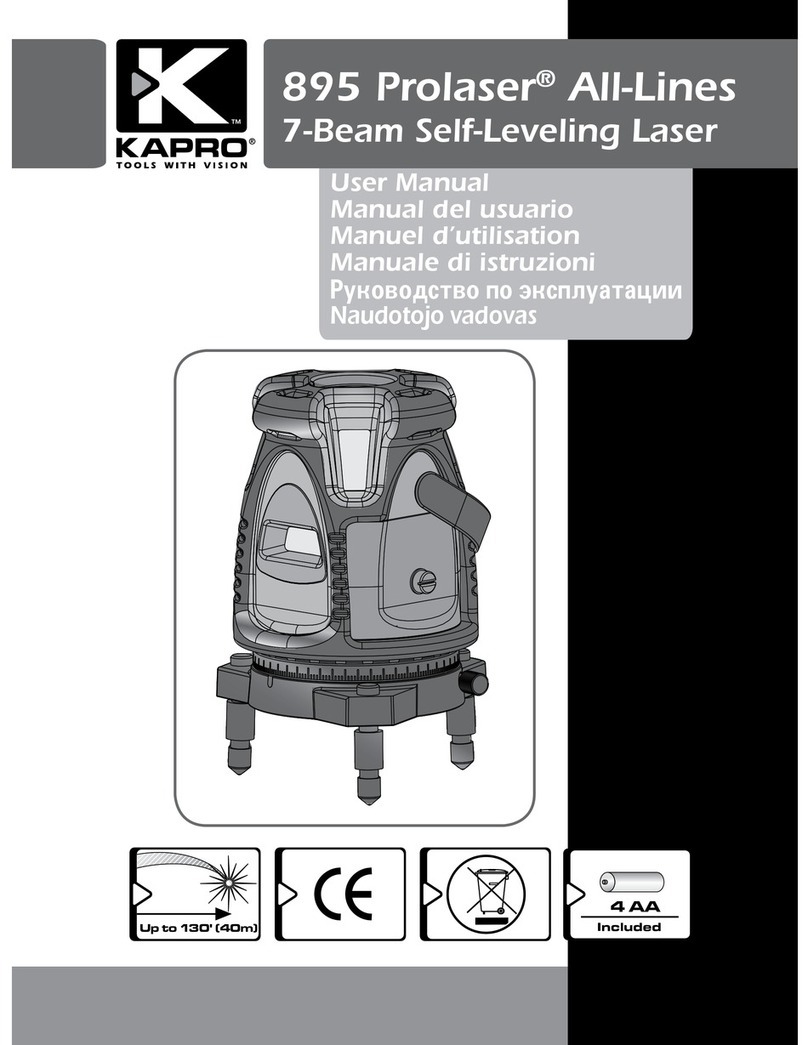
Kapro
Kapro 895 Prolaser All-Lines User manual

Kapro
Kapro 379 User manual

Kapro
Kapro Prolaser 852G User manual

Kapro
Kapro KAPROMETER K4 370 User manual
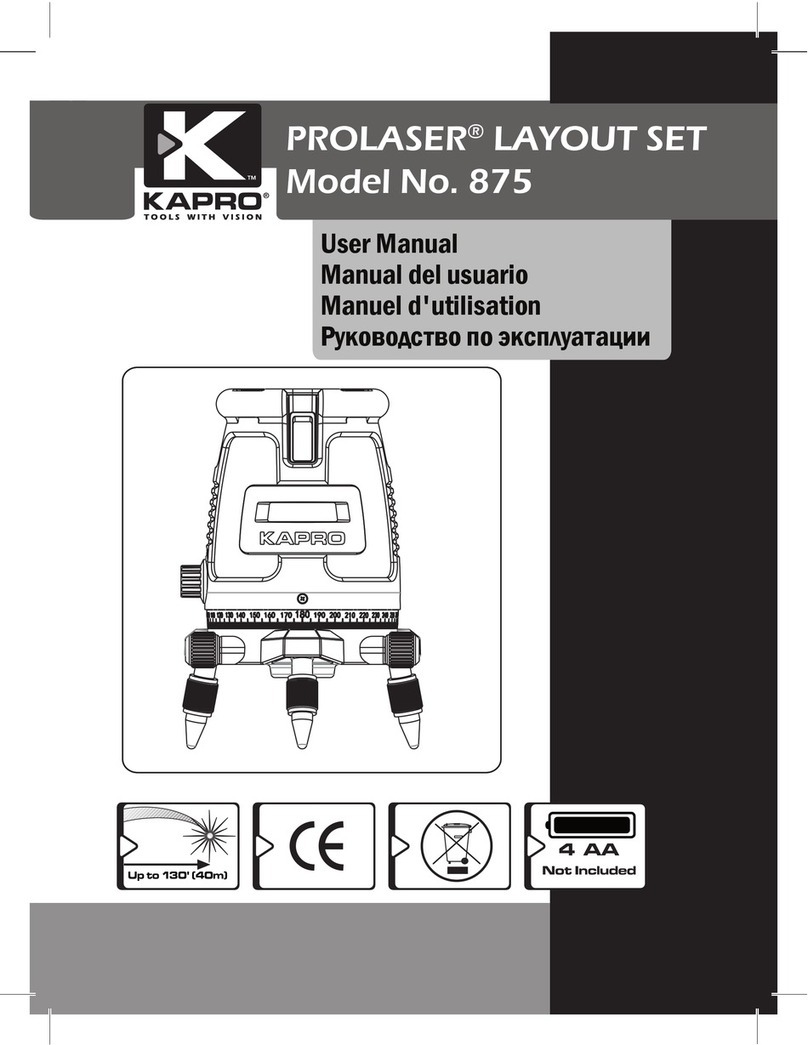
Kapro
Kapro PROLASER 875 User manual
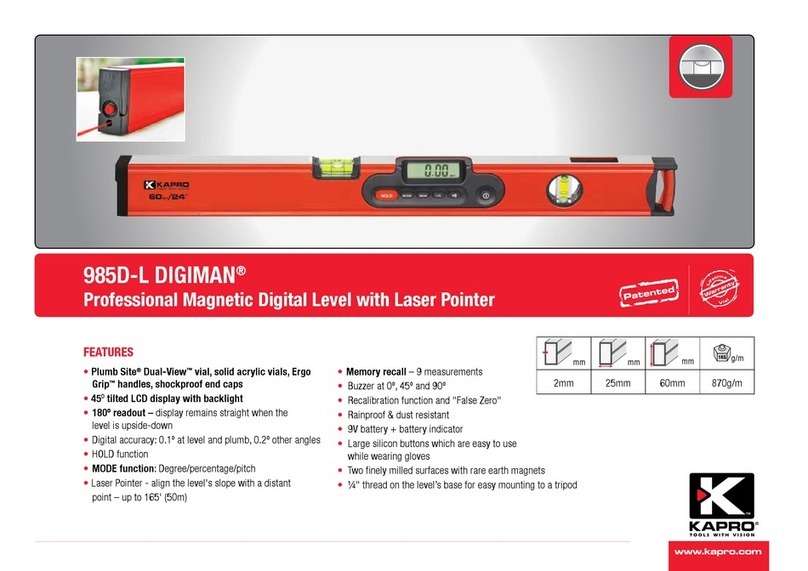
Kapro
Kapro DIGIMAN 985D-L User manual
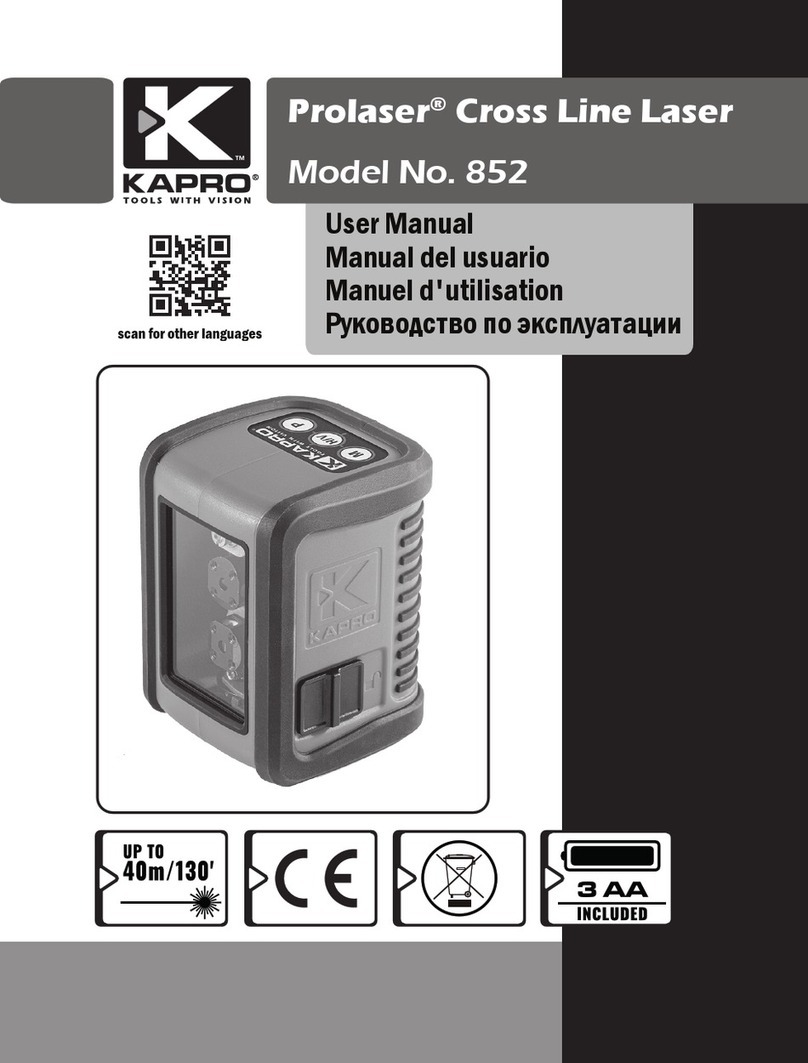
Kapro
Kapro Prolaser 852 User manual
Popular Measuring Instrument manuals by other brands

Powerfix Profi
Powerfix Profi 278296 Operation and safety notes

Test Equipment Depot
Test Equipment Depot GVT-427B user manual

Fieldpiece
Fieldpiece ACH Operator's manual

FLYSURFER
FLYSURFER VIRON3 user manual

GMW
GMW TG uni 1 operating manual

Downeaster
Downeaster Wind & Weather Medallion Series instruction manual

Hanna Instruments
Hanna Instruments HI96725C instruction manual

Nokeval
Nokeval KMR260 quick guide

HOKUYO AUTOMATIC
HOKUYO AUTOMATIC UBG-05LN instruction manual

Fluke
Fluke 96000 Series Operator's manual

Test Products International
Test Products International SP565 user manual

General Sleep
General Sleep Zmachine Insight+ DT-200 Service manual
